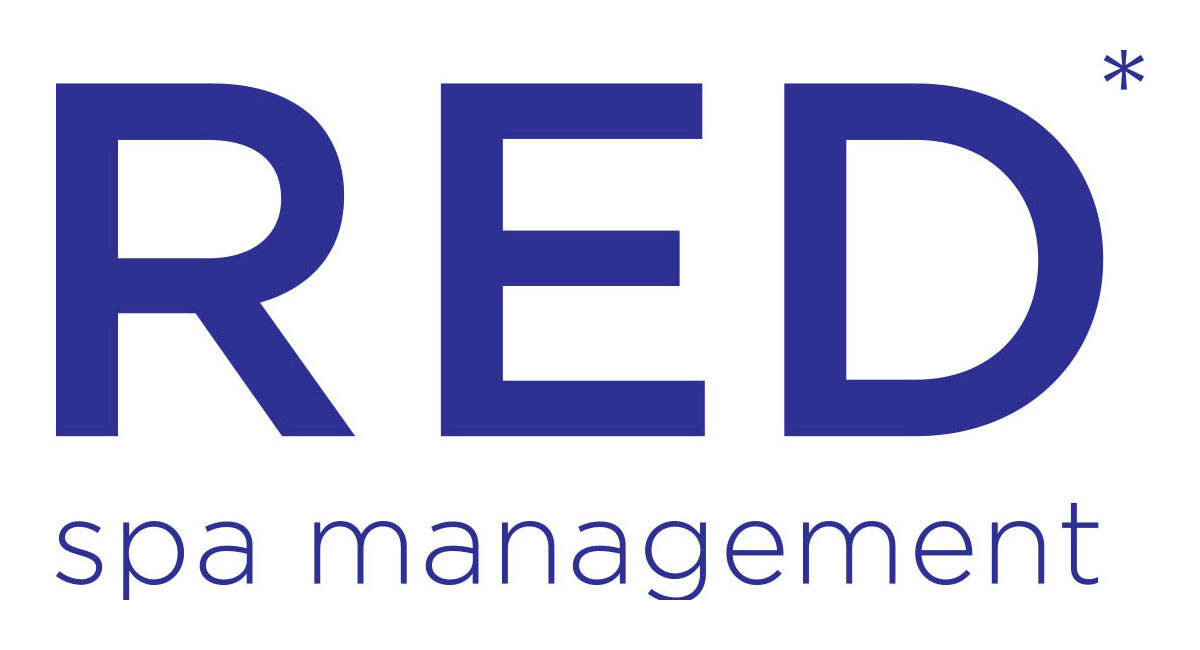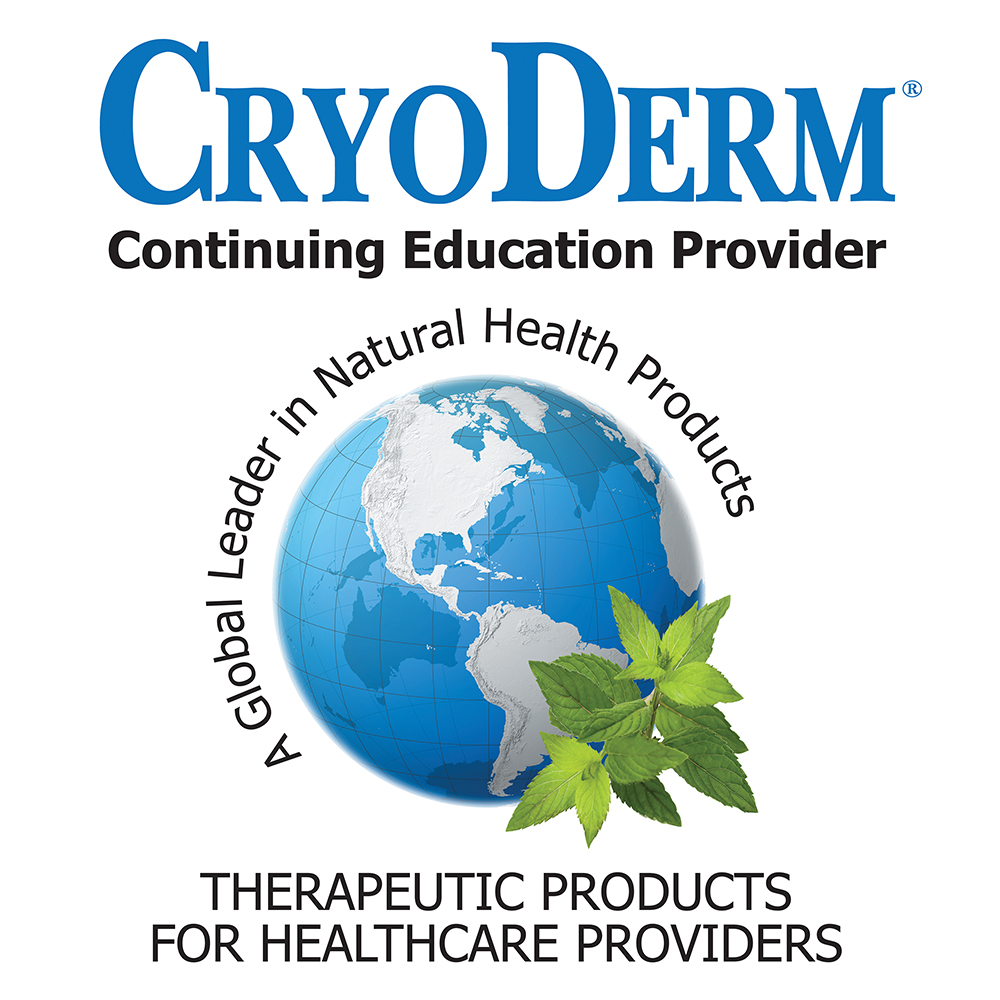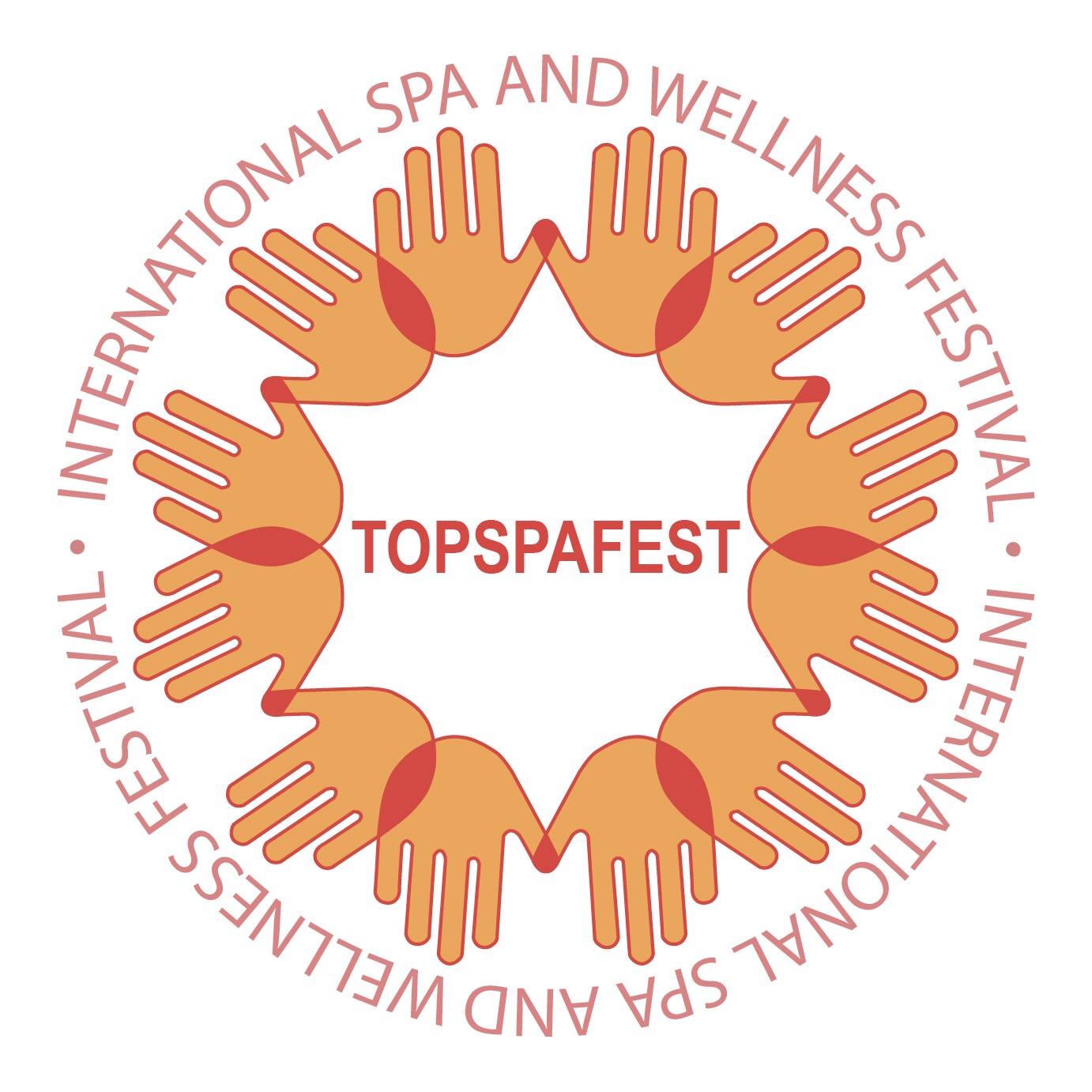
A more superficial, stimulating massage. This includes the Esalen type (slower pace) and Swedish (fast paced). Purpose is to stimulate the efficient flow of blood through the body. Most of the strokes are repeated numerous times. Massage to encourage blood flow to the tissues is different from massage to encourage blood flow from the tissues back to the heart. Because of the valve system of the veins and the lymph vessels, any deep stroking over these vessels from proximal to distal is contraindicated. Compression that doesn’t slide is appropriate for arterial circulation.
*Pulmonary circulation is the movement of blood between the heart and lungs
*Coronary circulation is the movement of blood from within the heart chambers to the heart tissues themselves
*Systemic circulation is the movement of blood between the heart and the rest of the body
Another Form
1. Compression is applied over the main arteries, beginning close to the heart and then systematically move distal to the tips of the fingers and toes. The compressions are applied over the arteries and with a pumping action at a rhythm of 60 beats per minute or whatever the client’s resting heart rate is. Rhythmic, gentle contraction and relaxation of the muscles powerfully encourages arterial blood flow. Both active and passive joint movement supports the transport of arterial blood flow.
2. Next assist venous return flow. This process is similar to lymphatic massage in that a combination of short and long effleurage strokes is used in combination with movement. The difference is that Lymphatic massage is done over the entire body and the movements are usually passive. With venous return flow, the effleurage strokes move distal to proximal over the major veins. The effleurage stroke is short, about 3 inches long. Long effleurage strokes carry blood through the entire vein. Placing the limb or other area above the heart brings in the gravity
assistance.









